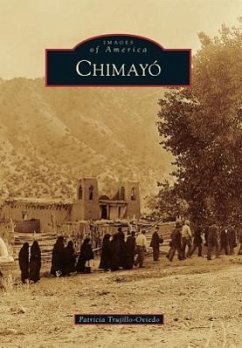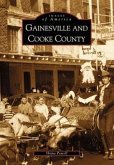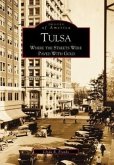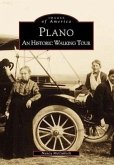The name "Chimayó" is derived from the Tewa Indian term Tsi Mayoh and was given to a sacred place of the Pueblo Indians located in the foothills of the Sangre de Cristo Mountains between Santa Fe and Taos. Many of the Spanish colonists who settled in Chimayó after peaceful reentry to New Mexico in 1692 were descendants of those who left Castile and Extremadura. Nurtured by their faith and strengthened by the traditions and skills they brought from Spain, settlers converted a harsh environment into a fertile, green valley that provided them a livelihood for several generations. In 1810, Don Bernardo Abeyta, a prominent citizen of Chimayó, discovered a crucifix buried near a sacred well of healing earth, where he built a church. This is the site of present-day Santuario de Chimayó, also known as the "Lourdes of America." Over the centuries, the descendants of Chimayó colonists developed a unique weaving tradition that is also known throughout the world. Present-day Chimayó offers a unique glimpse into a culture that has endured for centuries.
Hinweis: Dieser Artikel kann nur an eine deutsche Lieferadresse ausgeliefert werden.
Hinweis: Dieser Artikel kann nur an eine deutsche Lieferadresse ausgeliefert werden.








